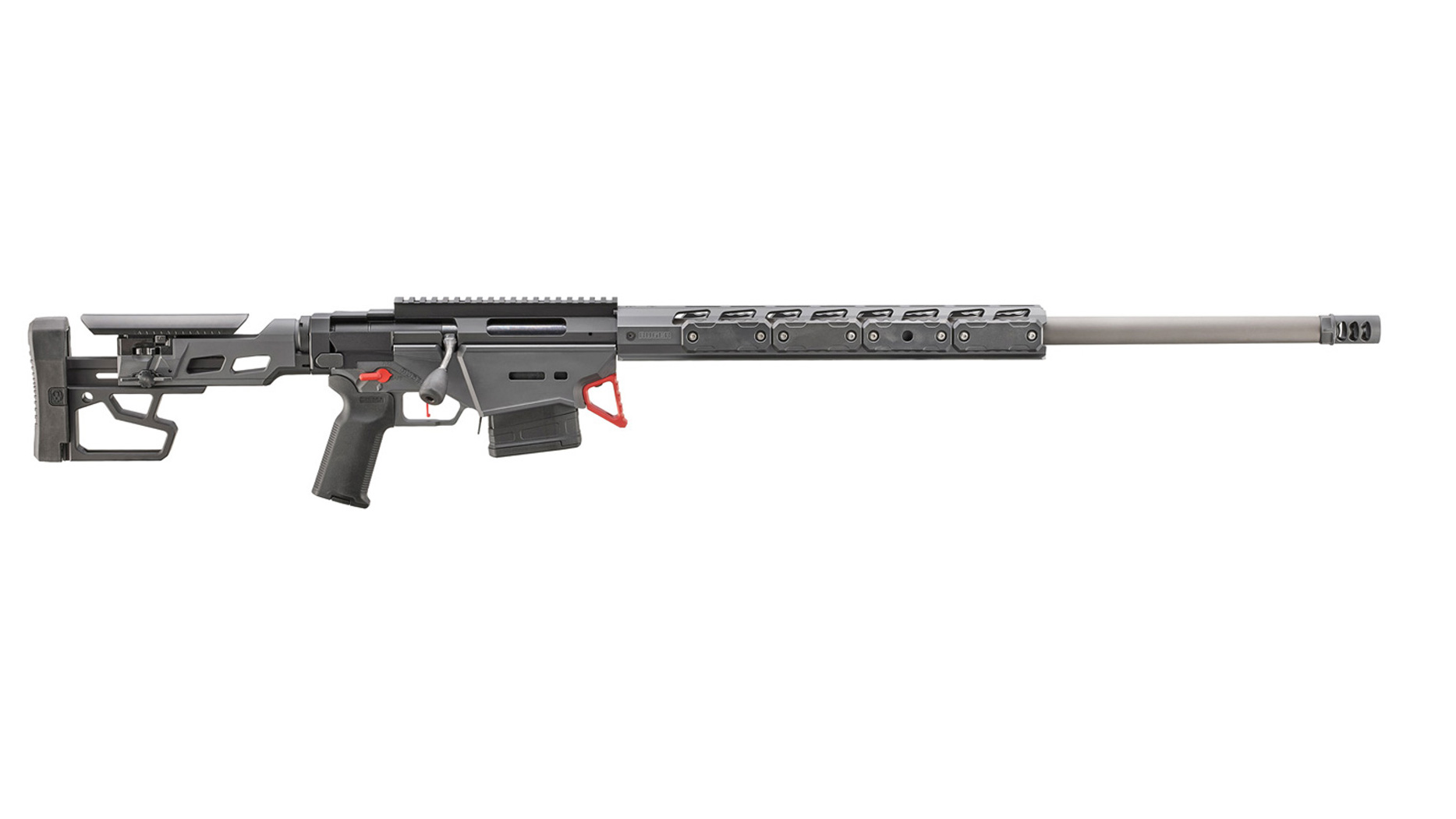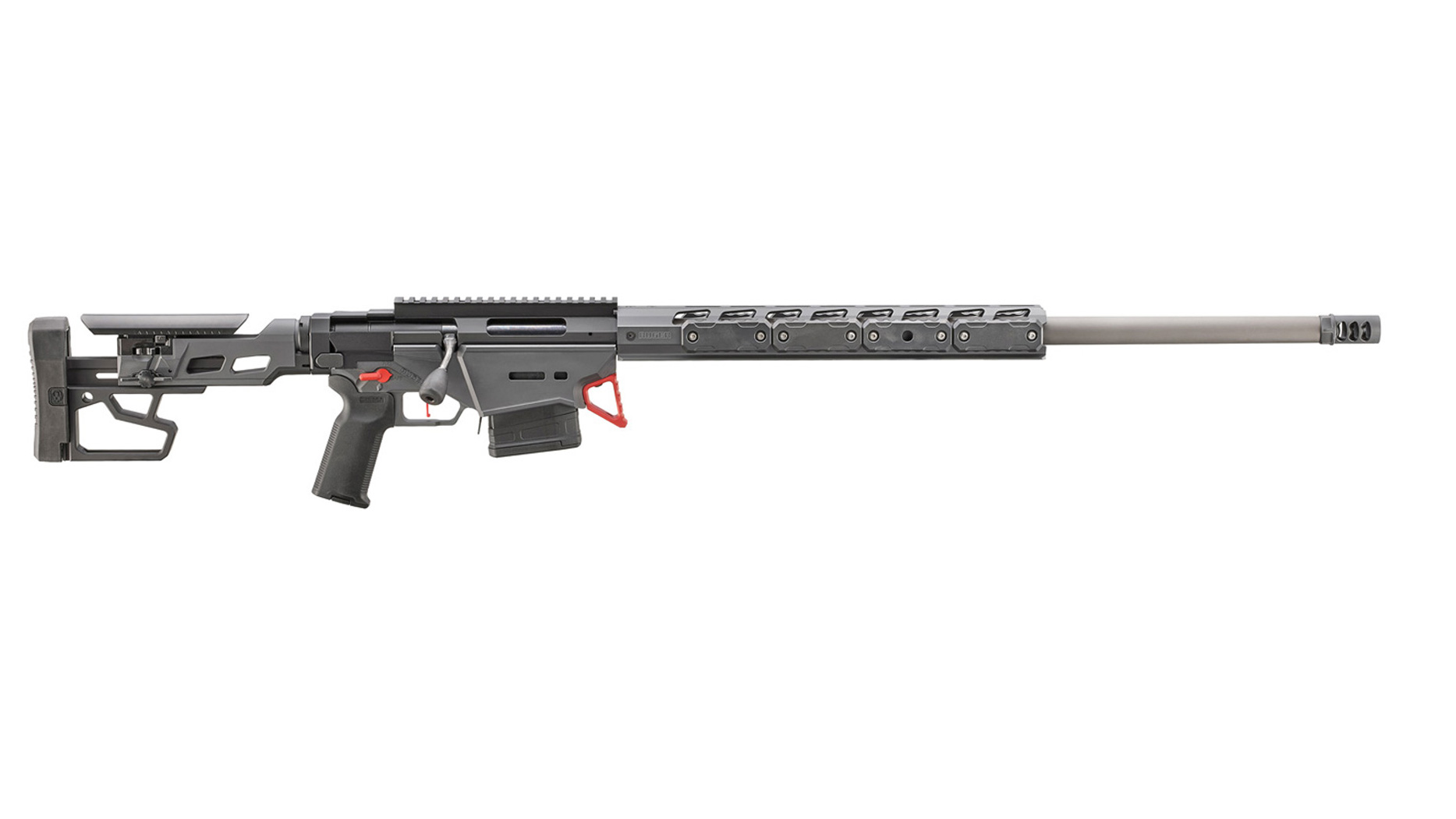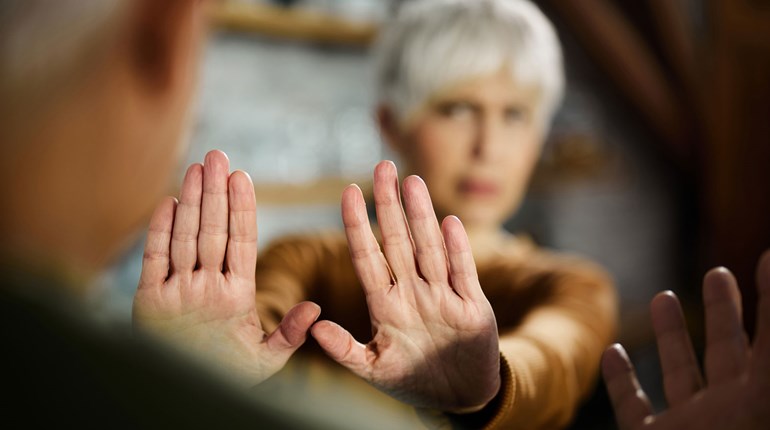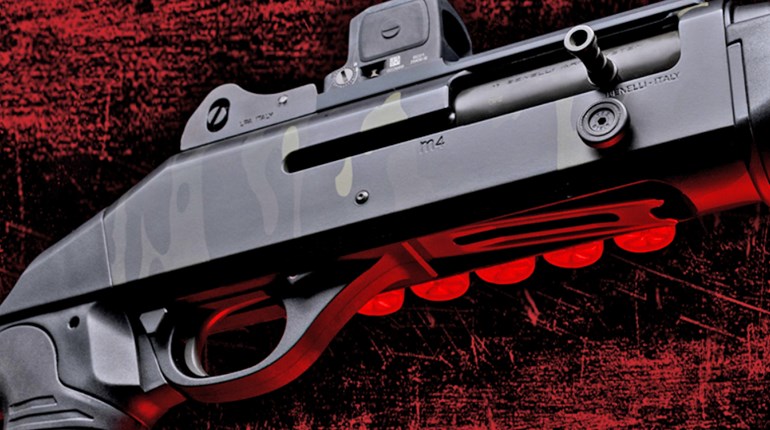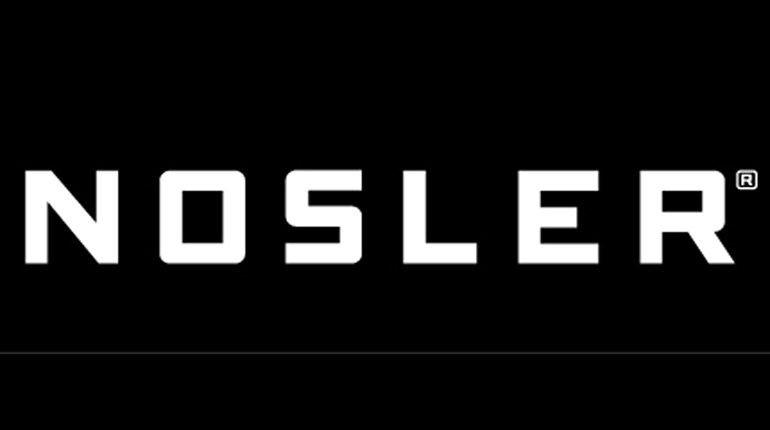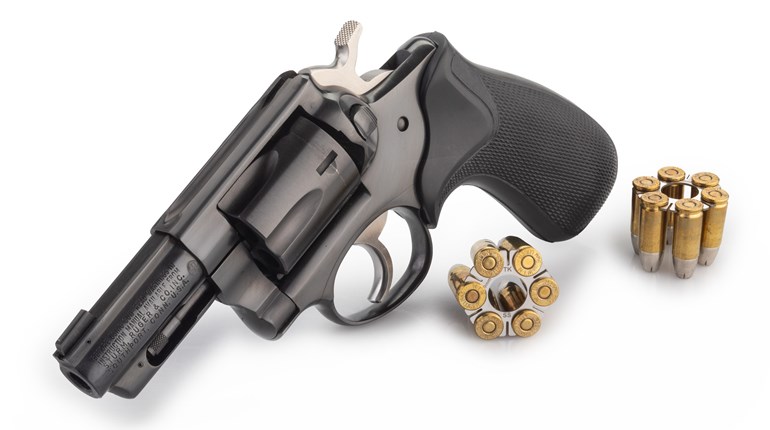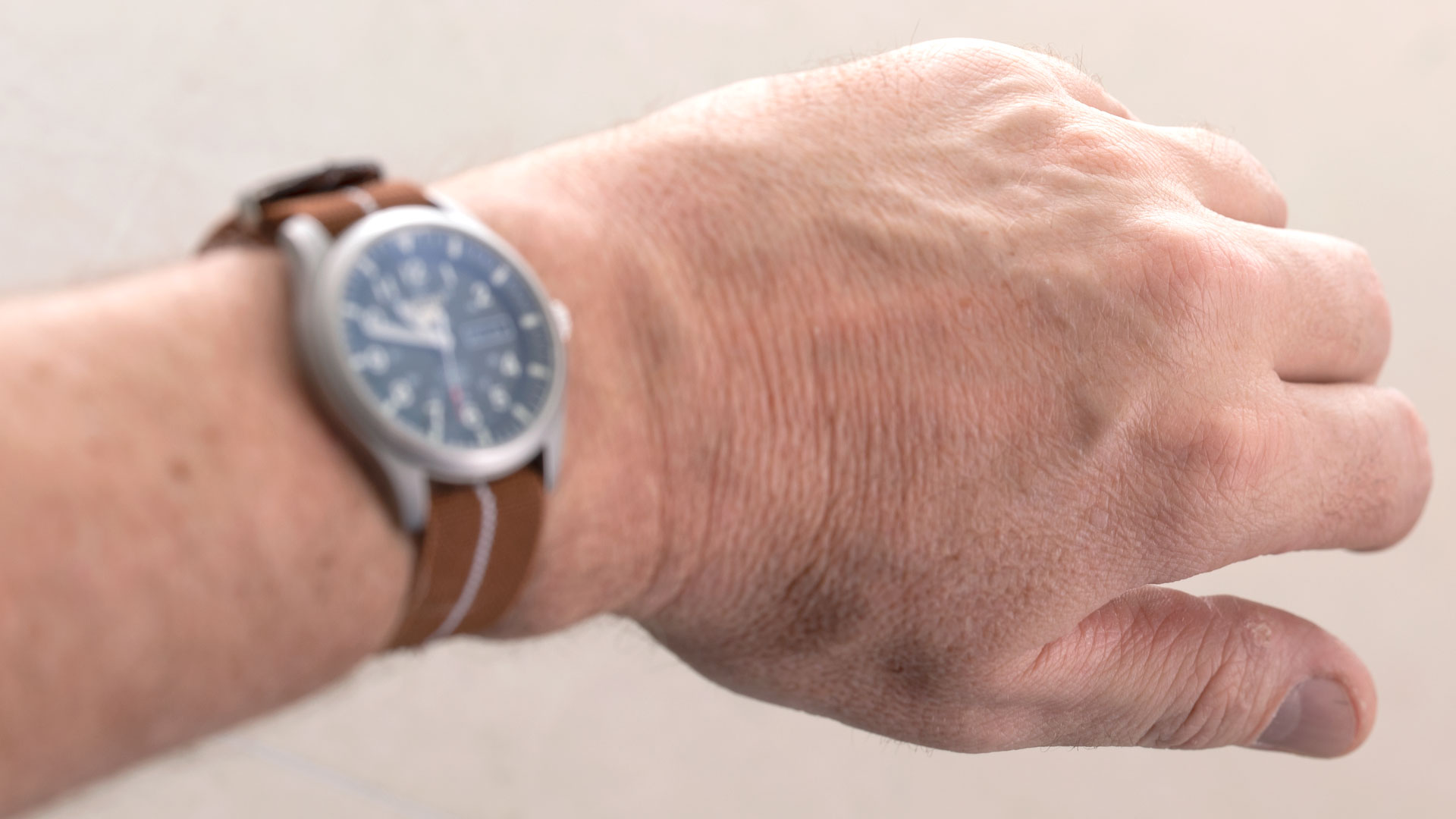
Mindfulness—the practice of staying in the present moment—is about maintaining a moment-by-moment awareness of your thoughts, feelings, body sensations and surrounding environment, perceived through the lens of your mind. The practice of mindfulness is transcultural and spans the timeline of antiquity to the present day.
According to the National Library of Medicine National Center for Biotechnology Information: “The therapeutic potential of mindfulness is now being recognized and is being researched in a diverse range of healthcare settings including mental health. Being mindful presupposes those individuals whose awareness is not impaired do have a choice in what phenomena they attend to and how they act.”
Being mindful offers numerous benefits across the wide gamut of soft skills (those skills not requiring physical use of the body like shooting or defensive tactics) when applied to personal safety in avoidance, mitigation and defense against an active or potential threat.
It is said that, although beneficial to learn from your own mistakes, it is far more desirable to learn from the mistakes of others. As such, when it comes to applying your soft skills, seasoned military, protective services and law enforcement professionals alike (the pros) will tell you “keep it simple.”
Top surveillance and countersurveillance operators (also pros) stress that “simple is good” based on their years of hard-earned experience and in real-world operational application. If we can take anything away from the pros it should be to “keep things simple.”
Being mindful in its simplest form is nothing more than engaging your mind when applying your soft skills in the present. Sometimes we do things without thinking, and later wonder why they didn’t work out so well or could have gone better.
A far more practical approach than armchair quarterbacking in hindsight is to take advantage of being mindful. Mindfulness can be used as a proactive measure to become a more effective observer (mindfully observant), help attenuate the root cause of being “frozen with fear” and increase your ability to make critical, rapid and accurate decisions under duress and/or in exigent circumstances.
Being mindful in terms of soft skills is about applying your mind to your environment. Situational awareness, a defense- and protection-industry staple, is the quintessential proactive measure of the pros. However, performing the isolated physical action of placing your eyeballs on something in your immediate environment does not mean that you have in any way either input or processed relevant incoming information.
Take, for example, looking at your watch to find what time it is, only to look at your watch a second time because you failed to register the targeted essential information the first time. At first glance, your mind was elsewhere, not in the present moment and not on the subject at hand. The second time around you told yourself to pay better attention and to be mindfully observant of what you trained your eyes on.
Awareness is the byproduct of mindful observation. It is the currency that buys you time. The tactical advantage of mindfulness here is threefold: The first advantage is that which buys you more time also buys you more options and opportunity to solve the tactical problem. Perpetrators at the onset of an undesired event always have the combative initiative (they determine when it will occur, who will be the target, where it will happen and so on), which places you behind the action-reaction curve.

The second advantage is that mindful awareness moves you closer to the front of the action/reaction power curve and taking back that initiative by making the aggressor react to you. Eliminating or attenuating the element of surprise, for example, causes the predator to rethink their initial objective(s) and modify their planning.
The third advantage is that mindful awareness provides you the earliest possible alert to the emergence of a potentially harmful situation. When it comes to threat recognition or identifying potential-threat indicators, forewarned is forearmed. The mindful observer has no greater onboard, early-warning capacity than the ability to hear it, see it or smell it coming ahead of time.
Being mindful optimizes your awareness, puts you ahead of the action/reaction power curve and provides you with the earliest possible warning of a potential threat.
The term “frozen with fear” is commonly associated with a physiological reactive response phenomenon causing a total or partial bodily immobilization (“freezing”) when one is confronted with a violent physical threat.
Mindfulness can be a great ally to those who are prone to, or believe that they may be prone to, “being frozen with fear.” Common causes of freezing can be that you’ve never been in that situation before, don’t know what to do if you were or both.
Some people believe they will freeze regardless of the totality of circumstances surrounding an undesired event. For these folks, this can be a predetermined and self-fulfilling prophecy. However, you can proactively manage being frozen with fear by applying mindfulness.
If you’ve never been in a physical altercation or participated in any relevant physical training, then you have never placed yourself in an environment conducive to your performing such physical skills that you do not possess. You cannot expect anything more from yourself other than what you’ve been trained to do.
A common belief is that “well, should the occasion arise, then I will arise to the occasion.” Slapping the cold mackerel of reality against your face is best explained by celebrated 7th century BC Greek author Archilochus with his statement “We do not rise to the level of our expectations, but fall to the last level of our training.”
Imagine sitting in a cockpit on a runway about to take off if you’ve never flown a plane before. Visualize yourself standing in an operating room about to perform open heart surgery on a dying patient and you never went to medical school. The same applies to a physical violence. If you’ve never had any training or experience, then how could you expect to know what to do when faced with the actual scenario?
The solution is to either attend an actual physical-training course or—if that is not a possibility—then, at the least, mentally visualize “What would I do in that situation?” Otherwise known as “playing the ‘what-if’ game,” even a mental review inside the theater of your mind can cause your brainbox to create an accessible data reference where there was none before.
Be mindful of the fallacy that you will “rise to the occasion” when in fact you will not. Apply your mental visualization, attend a workshop, take a class or two and gain the familiarity and understanding required by your mind to solve the tactical problem.
Mindfully absorb your newfound skills or personal planning and make them part of mind and body. Being mindful or replacing a completely empty data file with one containing even partial information will attenuate or mitigate freezing. Should it ever hit the fan, it’s far better to have and not need than to need and not have.
The Roman Stoic philosopher Epictetus suggests, “we are disturbed not by events, but by the views which we take of them.” Exigent circumstances such as confronting an active shooter, managing a home invasion and the like warrant rapid, life-saving decisions. To make such decisions, we humans must quickly process incoming information without being affected by ‘the views which we take” of that information.
The decision-making process is threefold: Intake of relevant information, processing of that information and formulating a plan based on the information processed. All of this must occur in fractions of a second because you are already behind the action/reaction power curve.
Intake of relevant information can only occur if you are mindfully observant. Physically placing your eyes on your environment is not enough. To ascertain whether information is relevant is to engage your mind in the decision-making process. “Is this relevant information? Is that a threat indicator? Is it an actionable item?” In fact, it is the only way to register and assess incoming relevant information as there is no other option. You can’t fix something if you can’t see it. Step one to processing any information is to first gather that information. Step two is remain functional and not be “frozen with fear” in doing so.
Processing of any information received can be slowed to a grinding halt if you end up trying to mentally crunch through an overwhelming amount of incoming information. Overwhelming information is interpreted by the brain as that which is new, unfamiliar and threatening.
Nothing can be done about the threatening part, of course, but proactively (before an undesired event) playing the “what-if” game (what would I do if …) in your mind, mental visualization or cursory training will remove the newness.
Deliberate repetitions of technique (mental or physical) will remove any unfamiliarity reducing the impact of the “new, unfamiliar and threatening” equation to only a third of its organic power. In turn, this unshackles your mind to freely process information that you may appropriately respond and do so in a timely manner.

When it comes to formulating a plan, aside from formal training, how can you decide if inbound relevant information presents an actionable item? How can you determine what is the best plan of action and movement in response to your current situation especially when under duress? It certainly helps if that information is input and assessed in a timely manner. The greater the quality of information, the better your decision and ability to best manage the crisis at hand.
You cannot respond to something you cannot see. You can only process information as quickly as you can intake and register that information.
The benefits of mindfulness are extensive and backed by science, as numerous research studies have proven that mindfulness has many significant psychological, physical and cognitive benefits. According to the American Psychological Association (APA), “the term ‘mindfulness’ has been used to refer to a psychological state of awareness, the practices that promote this awareness, a mode of processing information and a character trait.”
“Mindfulness promotes metacognitive awareness, greater cognitive flexibility, decreases rumination via disengagement from perseverative cognitive activities and enhances attentional capacities through gains in working memory.”
When applied to the task of avoiding or mitigating a real-world threat, being mindful presents a tactical advantage. Practicing mindful observation allows you to purposefully monitor your environment for threat indicators, anomalies and other relevant information that can help you recognize a potential or active threat so that you can decide on an optimal plan of action.
The advantages of mindful observation are threefold: Awareness is the currency that buys you time and what buys you time also buys you greater opportunity to solve the problem. The second advantage is that it affords you a seat at the front end of the action-reaction power-curve as opposed to the back end. Lastly, mindfulness observation provides you the earliest possible onboard warning system of a potential or emerging threat.
Being frozen with fear means that you have nothing in your reference file for your brain to access should you find yourself in a situation in which you’ve never been before. Being mindful that you will not “rise to the occasion,” you are smart enough to either acquire formal training or to at least play the “what-if” game so that you can install something in your brain housing group to replace an empty file.
Critical decisions can only be derived from processing quality information. Time is not on your side when it comes to split-second decision-making, especially if you are trying to process new, unfamiliar and threatening information. Provided that you are capable of relevant information intake (mindful observation), you can then begin the processing part of your assessment without the hindrance of a suspended processing unit (your brain) crunching through new, unfamiliar and threatening incoming data.
Good info in means good decisions out. As with all proactive measures, intake of real-time relevant information occurs only when the mind is engaged. You can mentally process only as quickly as you can visually observe. Being mindful facilitates mental engagement with your environment functionalizing your situational awareness to avoid, mitigate and defend against a current or emerging threat.






